Breaking News


Popular News

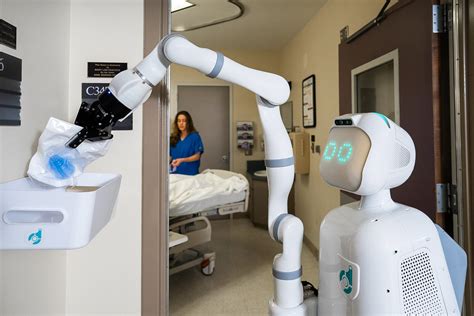
Explore the current applications, advancements, and integration of robotics and AI in healthcare, including telemedicine and physical therapy. Discover the challenges and opportunities in this field.As technology continues to advance at an unprecedented rate, the field of healthcare is also embracing the use of robotics to improve patient care and treatment outcomes. From assisting in surgeries to aiding in physical therapy, robotics is revolutionizing the way healthcare is delivered. In this blog post, we will explore the current applications of robotics in healthcare and the advancements in robotic surgery technology. We will also discuss the integration of artificial intelligence in healthcare robotics, the use of robotics in telemedicine for remote care, and its role in physical therapy and rehabilitation. Additionally, we will delve into the challenges and opportunities that come with the use of robotics in healthcare. Join us as we take a closer look at the future of robotics in healthcare and its potential to transform the industry.
Contents

The Future of Robotics in Healthcare
Robotics technology has made significant advancements in recent years, revolutionizing the healthcare industry. The use of robotics in healthcare has expanded to various applications, from surgical procedures to rehabilitation and remote care. With the integration of AI and telemedicine technologies, robotics is playing a crucial role in improving patient care and outcomes.
One of the key areas where robotics is being used in healthcare is in surgical procedures. Robotic surgery technology has allowed for more precise and minimally invasive procedures, leading to reduced recovery times and improved patient outcomes. Surgeons are able to perform complex surgeries with greater accuracy and control, thanks to the advancements in robotic technology.
Furthermore, robotics is also being utilized in physical therapy and rehabilitation. Robots are assisting patients in regaining mobility and strength after injuries or surgeries. These robotic devices provide targeted exercises and support to help patients recover more quickly and effectively, under the supervision of healthcare professionals.
| Benefits of Robotics in Healthcare |
|---|
|
|
|
|
|
|
As technology continues to advance, the potential applications of robotics in healthcare are limitless. From remote care to personalized medicine, the future of healthcare is undoubtedly intertwined with robotics. However, with these opportunities come challenges, such as ensuring the safety and ethical use of robotics in healthcare. It is imperative for healthcare professionals and policymakers to work together to harness the full potential of robotics while addressing these challenges.
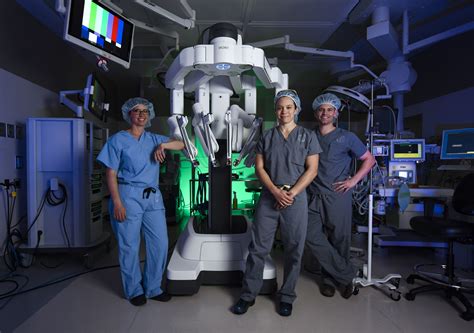
Robotic surgery has made significant advances in recent years, revolutionizing the way surgical procedures are performed. With the integration of AI and advanced robotic technology, surgeons are now able to perform complex operations with greater precision and flexibility. This has led to reduced surgery times, shorter hospital stays, and faster recovery for patients.
One of the key advancements in robotic surgery technology is the development of miniature robotic instruments that allow for minimally invasive procedures. These instruments are able to navigate through tight spaces within the body, reducing the risk of damage to surrounding tissues and organs. This has made complex surgeries, such as heart and brain operations, much less invasive and safer for patients.
Another important advancement is the use of 3D imaging and simulation technology to enhance the precision and accuracy of robotic surgery. Surgeons are now able to have a detailed view of the surgical site in real-time, allowing for more precise movements and better outcomes for patients. Additionally, the use of haptic feedback technology provides surgeons with a sense of touch and feel during robotic procedures, further improving their ability to perform delicate maneuvers.
Overall, advancements in robotic surgery technology have revolutionized the field of surgery, offering patients safer and more effective treatment options. As technology continues to evolve, we can expect to see even further improvements in the capabilities of robotic systems, leading to better surgical outcomes and improved patient care.
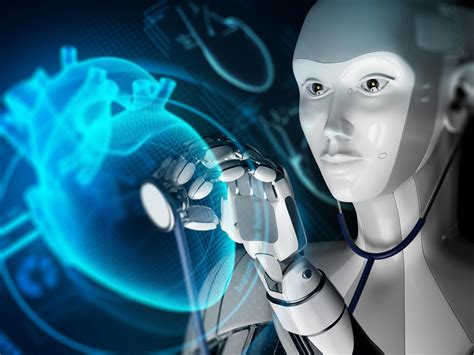
As the field of robotics continues to advance, the integration of AI in healthcare robotics is becoming increasingly prevalent. With the ability to analyze and interpret vast amounts of data, AI has the potential to revolutionize the way robots are utilized in healthcare settings.
One of the key applications of AI in healthcare robotics is in the field of medical imaging. AI-powered robots are able to process and analyze complex medical images with a level of accuracy and efficiency that is unmatched by human operators. This has the potential to significantly improve the diagnosis and treatment of various medical conditions.
Furthermore, AI is also being integrated into robotic surgical systems, allowing robots to perform increasingly complex procedures with a high level of precision. This not only reduces the risk of human error, but also allows for more minimally invasive surgical techniques, leading to faster recovery times for patients.
In addition to these applications, AI is also being used to improve the overall efficiency of healthcare robotics, by enabling robots to learn from previous experiences and optimize their performance over time. This has the potential to significantly reduce the cost of healthcare delivery, while improving patient outcomes.

Telemedicine, the use of technology to provide remote healthcare services, has seen a significant rise in popularity in recent years. The integration of robotics in telemedicine has further expanded the capabilities of remote care, allowing healthcare professionals to diagnose and treat patients from a distance.
The utilization of robotics in telemedicine has enabled healthcare providers to conduct remote consultations, monitor patients’ vital signs, and even perform certain medical procedures without the need for physical presence. This has proven to be especially beneficial in rural or underserved areas where access to healthcare may be limited.
Furthermore, the advancements in robotic technology have enhanced the delivery of remote care by providing more accurate and precise interventions, ultimately improving patient outcomes. With the ability to perform tasks such as telepresence, remote surgery, and medication management, robotics has revolutionized the way healthcare is delivered to individuals in remote locations.
As telemedicine and robotics continue to evolve, the potential for expanding access to quality healthcare for all patients, regardless of their geographical location, becomes increasingly promising. The combination of these technologies offers a glimpse into a future where remote care is not only accessible but also highly effective in delivering medical services to those in need.
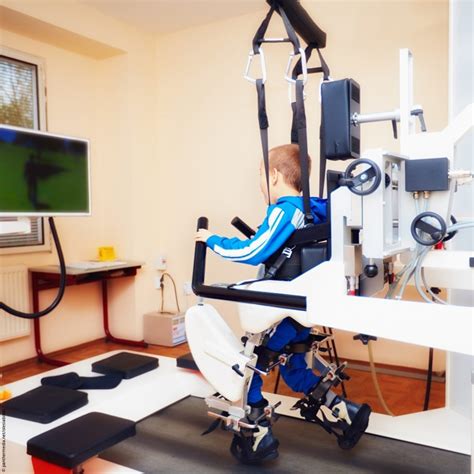
Physical therapy and rehabilitation are crucial components in the recovery process for individuals who have suffered injuries, undergone surgeries, or are dealing with chronic conditions. As technology continues to advance, robotics have become an integral part of the modern approach to physical therapy and rehabilitation.
One of the key applications of robotics in this field is the use of robotic exoskeletons, which are wearable devices that assist patients in regaining mobility and strength. These exoskeletons are designed to support and enhance the movements of the individual, providing targeted assistance to specific muscle groups and joints. This not only accelerates the recovery process but also allows for more precise and effective therapy sessions.
Additionally, robotics play a significant role in virtual reality-based rehabilitation programs. Through the use of immersive virtual environments and motion tracking technology, patients can engage in interactive exercises that are designed to improve their motor skills, balance, and coordination. These interactive experiences not only make the rehabilitation process more engaging but also enable healthcare providers to monitor and adjust the therapy program in real time based on the patient’s progress.
Furthermore, the integration of robotics in physical therapy and rehabilitation has also led to the development of advanced robotic-assisted therapy devices. These devices utilize robotic technology to provide repetitive and targeted movements, allowing patients to practice and improve their motor skills in a controlled and precise manner. By incorporating robotics into traditional therapy techniques, healthcare professionals can customize treatment plans and track the progress of each patient more effectively.
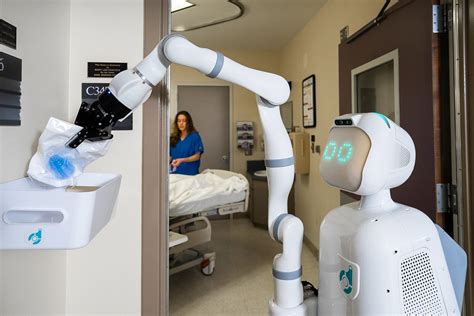
In the ever-evolving field of healthcare robotics, there are both challenges and opportunities that present themselves. One of the main challenges is the cost of implementing robotic technology in healthcare facilities. The initial investment required for purchasing and installing robotics systems can be prohibitive for many hospitals and clinics, especially those in underfunded areas.
Another challenge is the potential for job displacement among healthcare workers. As robots become more advanced and capable of performing various medical tasks, there is a concern that certain jobs traditionally held by humans may become obsolete. This not only poses an ethical dilemma but also creates the need for retraining and upskilling the workforce to adapt to this shift in the industry.
On the other hand, there are numerous opportunities for healthcare robotics to revolutionize the way medical care is delivered. One of the key advantages is the potential for greater precision and accuracy in surgical procedures. With robotic assistance, surgeons can perform complex operations with enhanced dexterity and control, leading to better patient outcomes and reduced recovery times.
Furthermore, the integration of robotics in healthcare opens up opportunities for remote care and telemedicine. Patients in rural or underserved areas can access specialized medical expertise through robotic consultations and remote monitoring, improving their quality of care and expanding access to vital healthcare services.

What are the advantages of using robotics in healthcare?
Some advantages of using robotics in healthcare include precise surgery, faster and more accurate diagnosis, and improved patient care.
How can robotics improve patient care in healthcare?
Robotics can help improve patient care by providing assistance to healthcare professionals, delivering medication and supplies, and assisting patients with mobility.
What are the current limitations of robotics in healthcare?
Some limitations of robotics in healthcare include high costs of implementation, lack of standardized regulations, and potential job displacement for healthcare workers.
What role will robotics play in healthcare in the future?
In the future, robotics is expected to play a larger role in healthcare by performing more complex surgeries, providing telemedicine services, and assisting in elderly care.
How can robotics help in disaster response and public health emergencies?
Robotics can help in disaster response and public health emergencies by delivering medical supplies to affected areas, disinfecting hospitals and public spaces, and providing remote monitoring of patients.
What are some ethical considerations related to the use of robotics in healthcare?
Some ethical considerations related to the use of robotics in healthcare include patient privacy concerns, the potential for overreliance on technology, and the impact on the doctor-patient relationship.
What are some examples of robotics currently used in healthcare?
Examples of robotics currently used in healthcare include surgical robots, exoskeletons for rehabilitation, and robotic telepresence for remote consultations.